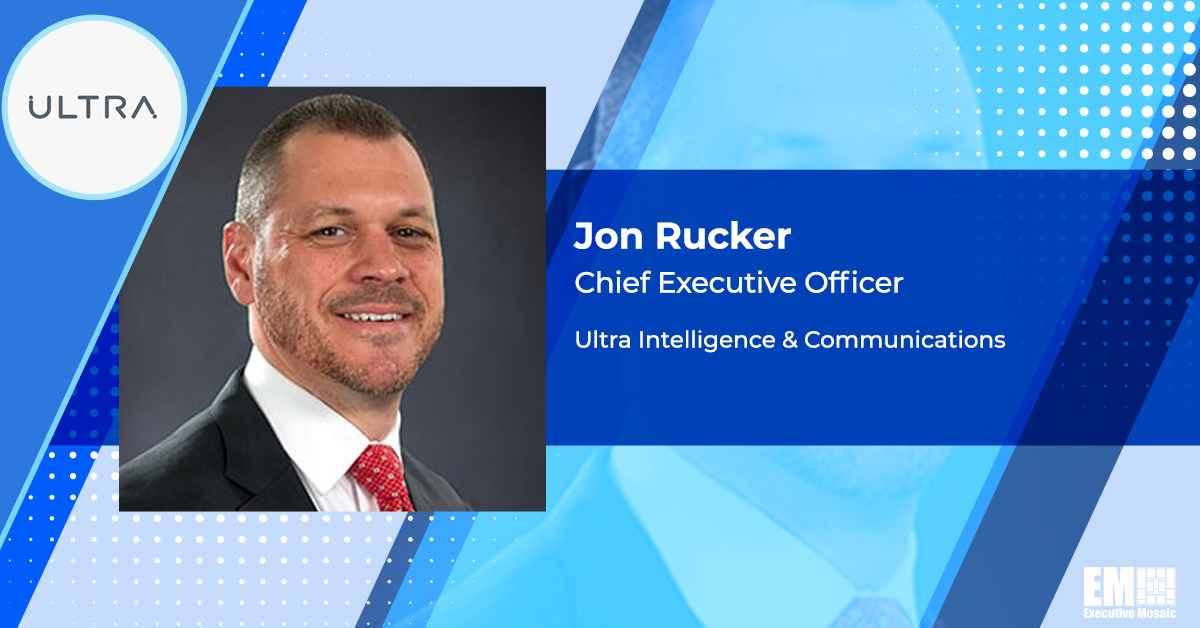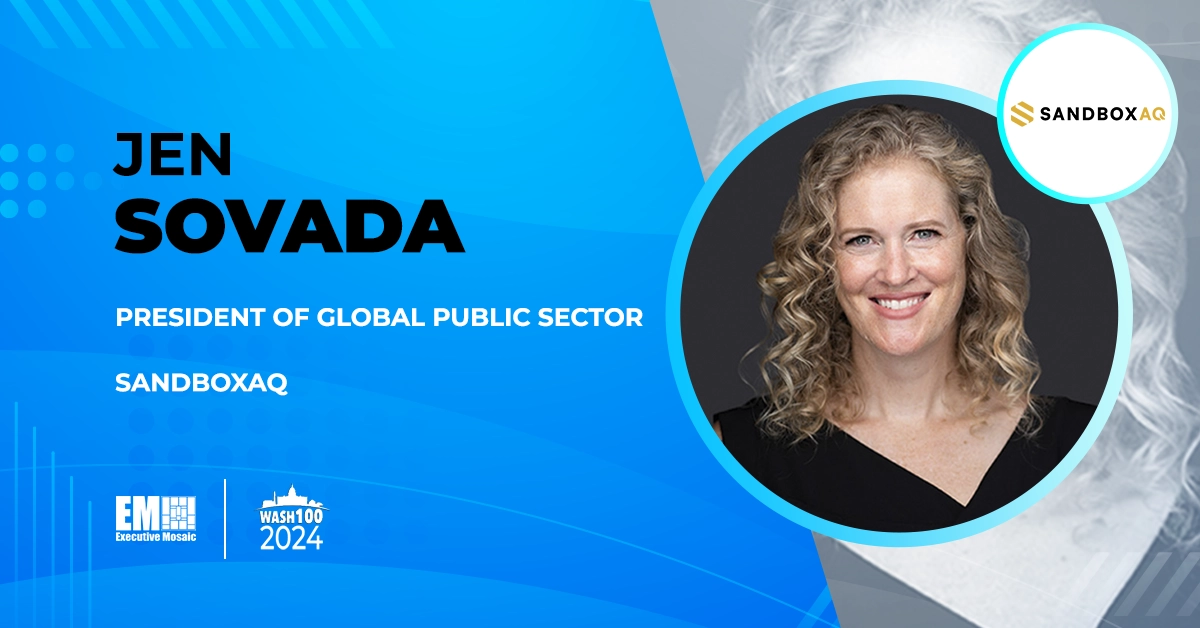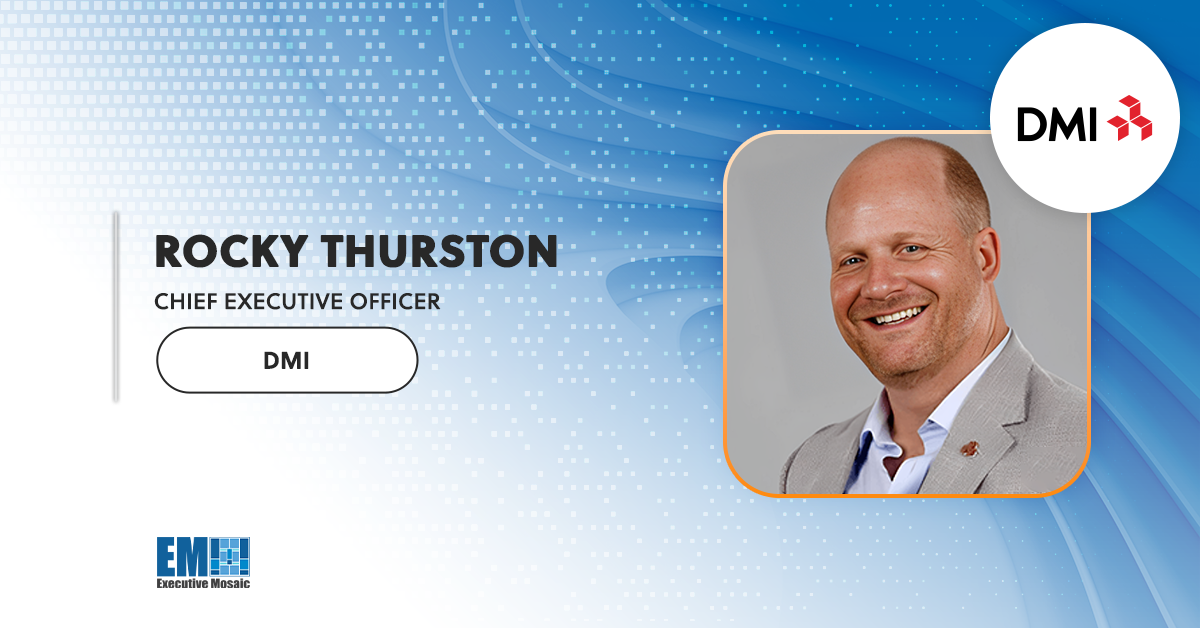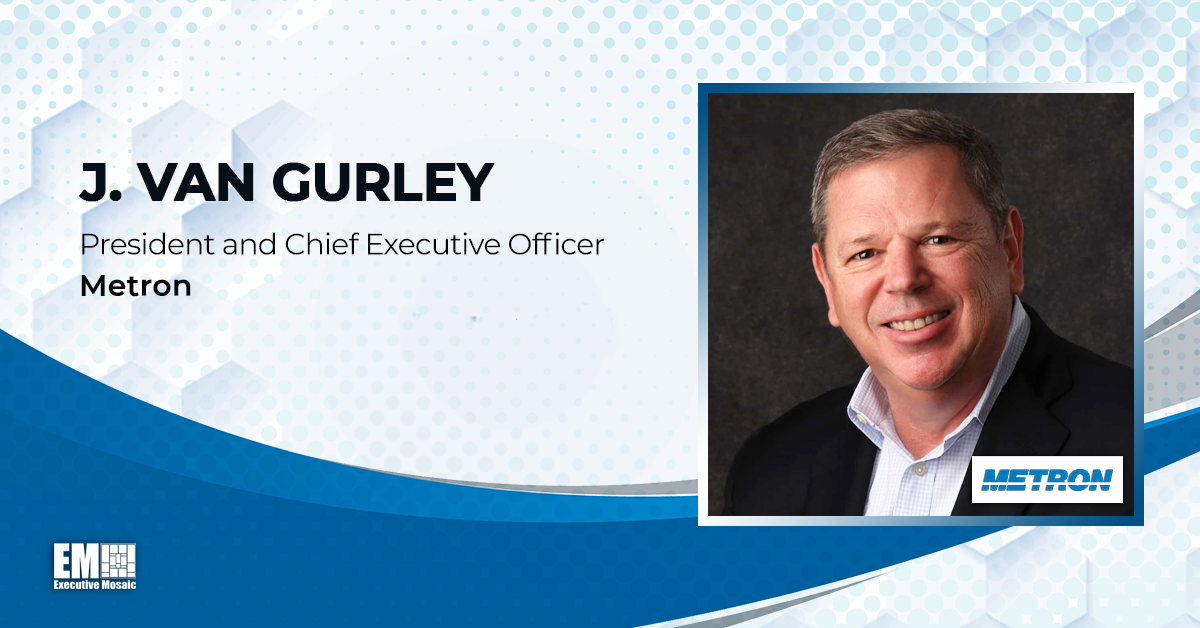Jon Rucker’s penchant for being at the forefront of innovative technology development was sparked during his time as an undergraduate at Virginia Tech. He was drawn to aerospace engineering, which led him to a job post-college at Lockheed Martin, where he focused his efforts on the tactical part of the business, conducting highly complex engineering.
After a series of swift promotions, Rucker found himself running a large program and shortly thereafter, a business made up of multiple programs, including time spent as LM’s director of command, control and communications. Still at LM, Rucker pursued a new bid in Australia in the late 2000s, ultimately serving as capture director of the Australian Land Forces Battlespace Communication System initiative. The deal unlocked an interest in growth and market expansion and proved a turning point in his career.
Following stints at CACI International and SAIC, Rucker arrived in November 2022 at Ultra Intelligence & Communications as its CEO. He views the company as holding a “tremendous amount” of growth potential that is waiting to be fully capitalized so it can flourish, which he is committed to doing as the organization’s new leader.
Rucker recently engaged with GovCon Wire in a wide-ranging conversation that covered his appreciation for working in proximity to innovative technologies, his thoughts on emerging technologies that goes beyond buzzwords and his belief that humans must be kept on the loop for ethical artificial intelligence usage.
Tell me about your company’s culture. What aspects of the company do you think are contributing most to its success while helping to attract and retain top-level talent?
When I first got to Ultra I&C, I was struck by a couple of things. First was the rich history around advanced electronics, research and development and how the business is enabling the next generation of products and solutions. We do a few different things within the business: we build radios, antennas and endpoint encryption capabilities. We build advanced command, control and intelligence software and a few other things around it, but that encompasses the big picture of what we do. It’s all about accelerating decision advantage for the user or for the warfighter.
There is this innovative spirit within the team at Ultra I&C that is very interesting. They love the next challenge. They love doing the next cool thing and at the same time, have this strong commitment to customers and in particular the missions of our customers. That is a deeply embedded culture within that business. When you take all of that and you put it together, you have this robust growth potential for the business; now the challenge for us is to go out there and unlock that potential with that technology and that strong desire for innovation and growth.
When we talk about addressing challenges, my general philosophy on it is that it’s all about bringing the best leaders to the table and then figuring out what your strengths are as an enterprise and then leveraging those strengths. Pretty simple leadership 101 stuff.
One of the recent things we just announced was the hiring of Chris Bishop as our chief growth officer. Chris comes from a number of different roles where he has consistently driven growth for the organizations that he worked for. We’re really excited to have Chris. He’s been here with us for about a month and a half now and is already starting to make a difference in the business, which is great.
Regarding this idea of what strengths we can leverage, there are a couple that I think are interesting, based on the about six months that I’ve been here. The first is brand. We have a strong brand with people who know us, whether they be in industry or government. Those who know us will tell you that the Ultra I&C team has some of the smartest and best folks they have worked with in private industry. The challenge for us is that the circle who knows us and who recognize that brand is relatively small. One of the big things we’re working on right now is expanding our brand awareness and recognitioin. It’s about elevating and refining the brand while we’re communicating who we are and what we do across industry and the customer community so that a whole lot more people know us, in terms of products and solutions.
We have an enormous asset in terms of the ability to deliver that aforementioned decision advantage capability. That’s a strength for us because if you think about priorities within the U.S. Department of Defense, as well as partners and allies around the world, one of the top things they talk about is decision advantage. We have a unique global presence that I think a lot of companies will claim, but I don’t think they actually have. We’ve delivered products and solutions to 45-plus partner nations around the world. Not just the U.S., the UK and Canada—we’ve delivered products to a very significant number of other partner nations, which I think sets us aside as a unique business.
We have great people in our business dedicated to the customer’s mission, and an innovative spirit with the desire to rapidly deliver solutions to our customers’ most difficult problems, which just makes it a great place to work. It comes back to us having a big focus on how we take care of those really great people, how we advance their careers and how we can be the employer of choice. Great people continue to want to stay and great people continue to want to come.
Currently, we’re excited about our announcement of our new chief human resources officer, Beth Skoletsky.
Which emerging technologies do you anticipate will have the greatest impact on the federal landscape in the next few years?
I am an engineer by education and spent my formative years in this industry doing systems engineering and algorithm development, which means technology is something that’s near and dear to my heart. It’s actually one of the best parts of doing this job. It’s great to work with the people every day, great to work with the customers and there are all kinds of extraordinary challenges, but one of the most personally fulfilling parts is just that ability to be near the emerging technology every day.
Quantum’s an interesting advanced capability area. It is a buzzword that everybody uses, and much like cloud, people use the term freely, and then you sit there scratching your head wondering what the heck they’re talking about. So let’s be specific about it. For us, quantum is about the work that we are doing today, developing new algorithms that protect the movement of crypto keys. It’s critical for data protection to move crypto keys around securely and that tends to be done through tunnels and with advanced authentication abilities. We look to apply highly reliable, scalable quantum techniques to a wide array of computing, secure communication and quantum key distribution, decryption and PNT in GPS-denied environments.
Cyber is another buzzword that folks throw around, and it means all kinds of different things. For us, it’s defined by our delivery of some of the most advanced endpoint encryption solutions, in particular in the U.S. and UK. (There also are a few other partner nations to whom we deliver those endpoint encryption solutions.)
Waveforms is another area that I think is very compelling these days. Protecting the data is important, but it’s insufficient if you can’t get the data to where it needs to be, when it needs to be there. We have engineers today working with the Resilient Machine Learning Institute, or ReMI, a group of researchers and academics in Canada that researched innovative approaches and solutions in machine learning and artificial intelligence. We partner closely together to deliver advanced waveforms. They’re all about operating successfully in contested environments.
The last one that I think is worth talking about is what I’ll call trusted AI and machine learning. That “trusted” part is crucial in the context of the discussions today around AI. Keeping the data protected is great. Getting it there is great, but if you can’t turn it into information, and in particular if you can’t get it there at pace so that there is a decision advantage, then it’s merely interesting. Today, we’re building some market leading C2I capabilities and particular software applications that enable users to work at scale and speed. Our engineers are partnering with researchers at Texas A&M to provide capabilities that deliver course of action opportunities for the end user and the decision maker.
This involves taking all the data that’s out there and the software distilling it down to alternatives for the decision maker to consider. At the end of the day, we’re talking about human on the loop decision making, which comes back to trusted AI. There’s a lot of conversation about taking humans out of the loop. That’s not what we’re talking about. We are talking about a human on the loop, simply making the job easier for the decision maker so that they can look at it and say, ‘yes, I like that course of action, let’s do that.’ Providing a decision advantage timeline benefit over an adversary is paramount.
What’s the most challenging aspect of transitioning from R&D and prototyping to actually fielding a new technology, and what solution would you propose for this challenge?
This is where a lot of interesting technologies fall short. Early in my career, I had an opportunity to work with several active duty Army officers who were a part of a program called Training with Industry, which meant that they would come back from theater and be assigned to a company and work with that company directly on a variety of things around Internal Research & Development and other corporate initiatives. They were effectively advisors. And I remember one afternoon having this conversation with one of these individuals that was assigned to us and their comment was: ‘all this technology that I’m seeing here is really interesting. But to be useful, it needs to solve a critical problem. It’s got to be easy for the user to learn and use and it can’t make my life more difficult.’
I remember this like it was yesterday. At the time, the comment was, ‘when I go out, I carry a backpack with a whole bunch of things in it. The last thing I need for you to do is give me a new device and an extra battery for it. You just made my life harder. I know you think you’re giving me more information, but I can’t move quickly. I can’t do the things I need to do.’ And that has always stuck with me.
So what do you do about it? At I&C, we are reinvesting in Ultra Labs to address these challenges. Historically, within the Ultra business, Ultra Labs was a group of hyper-intelligent, PhD types that were researching some of the most complex challenges out there and furthering studies via partnerships with academia, maybe some DARPA-like programs. That’s effectively what they did; it was a lot of high-end research. What we’ve done over the past months and are continuing to do is to combine the goodness that Ultra Labs has historically delivered with developing solutions for some very practical problems being presented by our customers. We are investing in our own IRAD, partnering with customers on CRADAs or similar vehicles so that we can take those capabilities that are research-based and apply them to that very specific problem. Then, very quickly, we can get the capability out into the field for testing. In doing so, we’re trying to adopt an agile approach: partner with the customer, get the capabilities applied to a specific problem, get it to a field test as fast as you can and fail as fast as you can. That’s generally what happens the first time you put something out there.
It is part of our heritage, from the earliest advances in radio innovation, to take the risk to invest and innovate, and from that new technologies are developed, their capabilities understood, and new promising applications reveal themselves.
That is the approach we’re taking with Ultra Labs and the proof is yet to come on how this is going to go. So far, it’s been a huge positive for us. When you talk to government technology folks, this is what they’re asking for. This is addressing the need and the ask from our customers, and I think we’ll prove to be an industry best practice.






